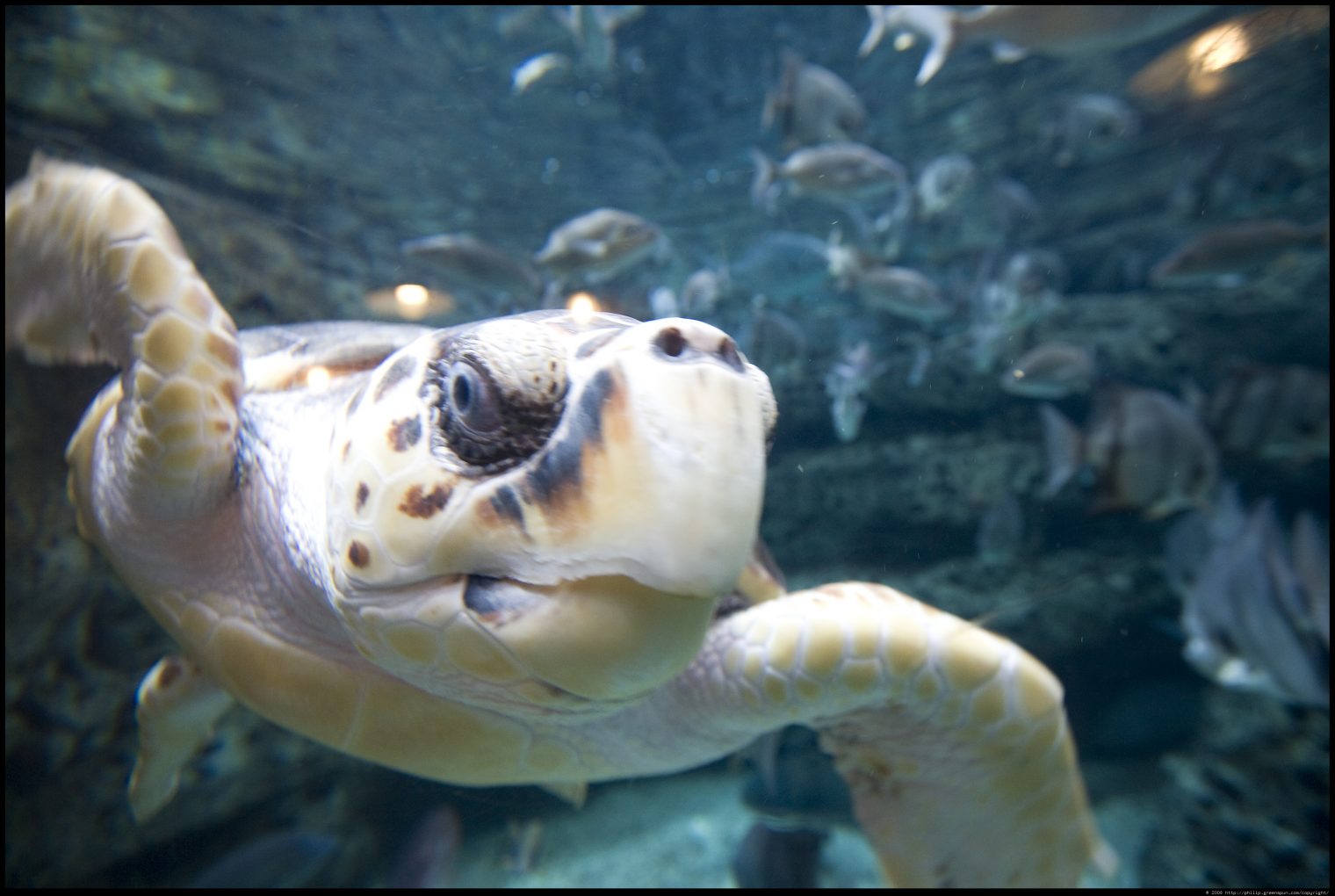Essential shopping at the gun store
A friend here in Maskachusetts texted us regarding his latest trip to an essential business that remains legal to operate: “No employees in gun store wearing mask.” A bit later: “At another gun store. Also no masks. Cop in here also with no mask.”
An exchange ensued regarding why an excursion was worth the Covid-19 risk:
- Me: You’re in a gun store because you don’t already have enough guns? How many guns do you think you have at this point?
- Him: Over 400. My Glocks are getting out of date.
- Me: Are there actually significant improvements?
- Him: These are 1/4 inch slimmer.
- Second friend: Everyone is moving to red dot sights on pistols.
- Third friend: No, the pistols themselves are stagnant if not possibly retrograde, but the improvements have been in aiming them.
- Him: These are 3-4 oz lighter than the previous alternative. But [Third friend] is right in that a Glock from 1988 is 98 percent as good as new one.
Separately, what will happen to all of the guns that Americans bought during the BLM protests? There were a lot of first-time gun owners who aren’t committed to maintaining proficiency at the range, cleaning the weapons, etc. Will there be a public health emergency of misfires a few years from now as these guns sit?
Firearms advice from our next president (however briefly he may serve):
(my friends above beg to differ; “Best home defense is 6 inch 300 BLK SBR with 30 round mag with silencer and Aimpoint.” What about Biden’s idea of a double-barreled shotgun? “Those are for clay shooting. No one uses those for home defense. They are for shooting small birds so have 22-inch barrels. And if you saw it off, it is life in prison.”)
Full post, including comments






